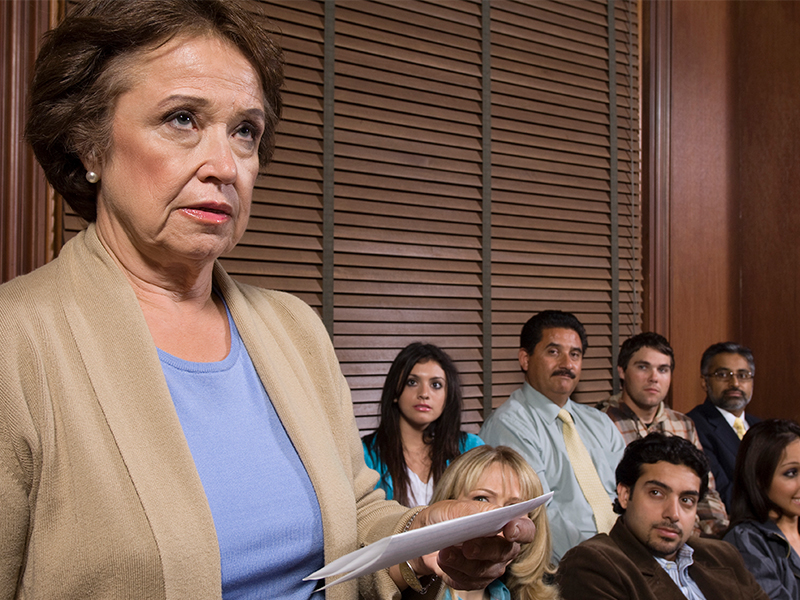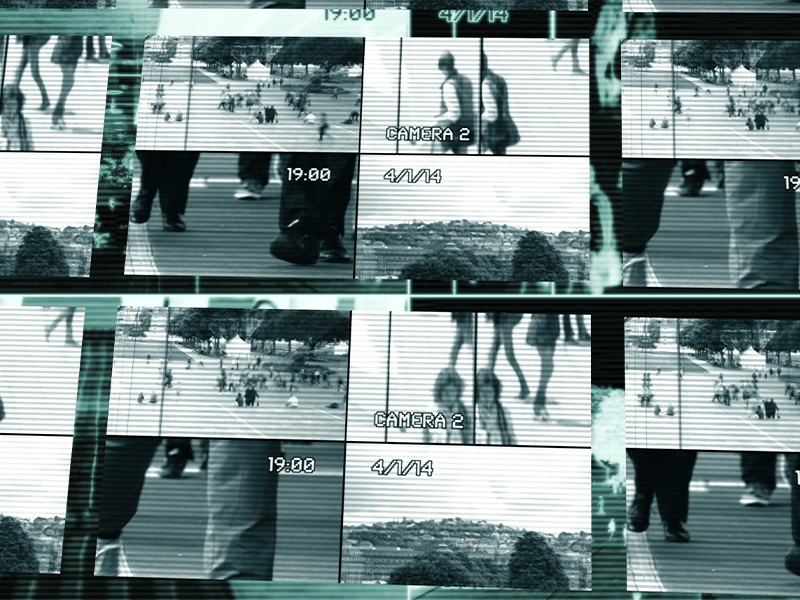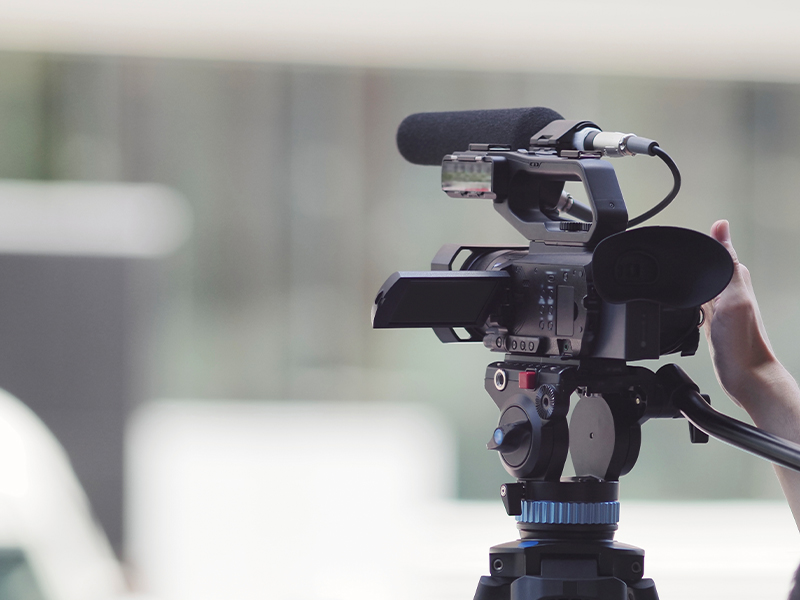In the realm of legal practice, the effectiveness of communication can often be the linchpin in swaying a jury’s opinion. Attorneys seeking to perfect their persuasive techniques have found a powerful ally in the combination of video and PowerPoint presentations, especially when orchestrating a mock jury. This dynamic duo creates a multi-sensory experience that engages and informs, allowing legal professionals to fine-tune their arguments before they step into the courtroom.
Visual Storytelling with Video
The adage “a picture is worth a thousand words” takes on new meaning in the legal arena, where the impact of visual storytelling cannot be overstated. Incorporating videos into a mock jury presentation brings a case to life in ways that traditional methods cannot match. Whether it’s recreating crime scenes, presenting witness testimonies, or providing a chronological narrative of events, videos captivate the audience’s attention and foster a deeper emotional connection.
When choosing or creating videos for a mock jury, it’s crucial to strike a balance between factual accuracy and emotional resonance. Engaging visuals not only enhance comprehension but also evoke empathy, a powerful tool in swaying jury opinions. A well-crafted video can transport mock jurors into the heart of the case, allowing them to experience the events in a manner that transcends mere words.
The Power of Persuasion through PowerPoint
While videos excel at evoking emotions and providing a visual narrative, PowerPoint presentations serve as the backbone, offering structure and reinforcing key points. PowerPoint slides act as visual anchors, providing a roadmap for the mock jury to follow while ensuring that essential information is highlighted and emphasized.
Effective PowerPoint design is an art in itself. Clarity is paramount, with concise text, compelling visuals, and a logical flow. Bullet points should distill complex ideas into digestible chunks, facilitating understanding without overwhelming the audience. The goal is not just to present information but to guide the mock jury through a cohesive and persuasive argument.
Syncing the Symphony: Timing and Coordination
The true magic unfolds when video and PowerPoint seamlessly synchronize, creating a symphony of visuals and information. Careful attention to timing is essential; transitions between video clips and corresponding PowerPoint slides should be smooth and deliberate. This synchronization ensures that the mock jury remains fully engaged, with each element complementing the other to build a persuasive narrative.
Consider a scenario where a video introduces a key witness, followed by a PowerPoint slide highlighting crucial points from their testimony. This tandem approach reinforces the information, catering to both visual and auditory learners. It also allows the legal team to control the pace of information dissemination, ensuring that the mock jury processes each element before moving on to the next.
Fostering Engagement and Retention
In a world bombarded by information, keeping an audience engaged is a formidable challenge. The combination of video and PowerPoint addresses this by appealing to different learning styles. Visual learners connect with the on-screen action, while auditory learners absorb information through spoken words. The result is a more comprehensive and memorable experience that enhances the mock jury’s understanding and retention of key details.
Interactive elements within PowerPoint, such as polls or Q&A sessions, further elevate engagement. These moments not only break the monotony but also allow the legal team to gauge the mock jurors’ reactions and adjust their strategy accordingly. A captivated audience is more likely to retain information, making the persuasive impact of the presentation enduring.
Real-World Benefits: Preparing for the Courtroom
The benefits of utilizing video and PowerPoint in tandem extend beyond the realm of mock juries. As a dress rehearsal for the courtroom, these presentations allow attorneys to fine-tune their strategies, identify potential pitfalls, and polish their delivery. The skills honed in the controlled environment of a mock jury presentation translate into increased confidence and effectiveness when facing an actual jury.
Moreover, the feedback garnered from a mock jury provides invaluable insights. Were certain elements confusing? Did the emotional impact resonate as intended? By analyzing the mock jury’s reactions, legal professionals can refine their approach, ensuring that the final courtroom presentation is a well-honed masterpiece.
Elevating Advocacy through Integration
In the ever-evolving landscape of legal advocacy, the integration of video and PowerPoint in mock juries stands out as a powerful tool for shaping opinions and crafting compelling narratives. The combination of visual storytelling and structured information delivery creates a synergy that captivates, informs, and persuades.
As legal professionals continue to seek innovative ways to present their cases, the effective use of video and PowerPoint in sync emerges as a winning strategy. It’s not merely about delivering information; it’s about creating an experience that resonates with the mock jury, leaving an indelible impression that extends far beyond the confines of the courtroom.





